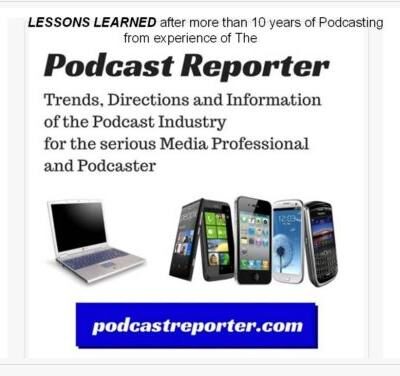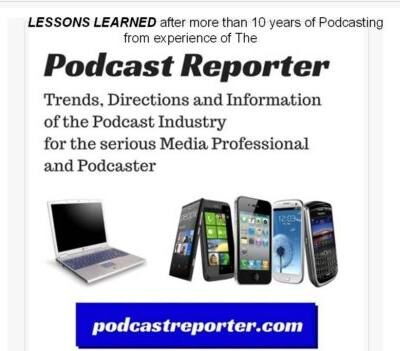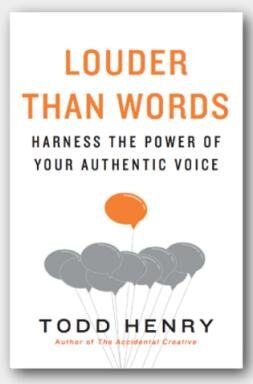Podcast: Play in new window | Download

In this episode of The Podcast Reporter, we discuss the contents of a recent article from thepodcasthost.com.
The name of this article is “How to Record Face-to-Face Podcast Interviews: The Full Guide.”
As the beginning of this article states: “In a world saturated with electronic media, face-to-face, in-person communication is more important than ever.”
How right that is, and how important that is. Especially when the world right now is dominated by the radical left and the media, where the mandate to stay at home and NOT to meet with others is due to the restriction that the left wingers desire, so that no one could discuss politics or have ideas or rational debate and discussion. Why? With the fearmongering caused by the media and the hype of contagion of a Plan-demic, the radical left only wants you to be exposed to a quarantined environment where the only news and discussion you will hear would be from your television, where the media would be spinning its narrative and giving you propaganda that they desire, so that you can be used and abused in an election year as mind-controlled slaves (you may want to see the documentary titled “The Social Dilemma” to see how closely our world today resembles that of the George Orwell world in his novel “1984.”
So now, it is most important to create content when you and your guest (or co-host) may be IN PERSON and debating or discussing the key topics of importance — and you can then prove the “plan-demic” for the hoax and hype that it is.
So, if you wish to really get good content, you should plan on face-to-face interviews or podcast audio episodes with a guest. This can include scheduled episodes with topics to have your interviewee or guest in your “studio” (where ever that may be), or perhaps in a trade show where you may be interviewing a guest in an exhibit area, or a conference room or ballroom, or a “roundtable” discussion, etc.; or you may be interviewing someone in your studio or in that individual’s studio (e.g., Joe Rogan Experience podcast show).
Now, this article pronounces that they have the “Full Guide” to the face-to-face interviews. I applaud them for the topic and idea, but I am always skeptical of any one person or group saying that they have the “complete” anything.
So, if you want to research what this article is saying, here is a short list of the topics covered with appropriate links to the full details and the examples given:
- How to Record Face-to-Face Podcast Interviews: The Full Guide
- Zoom H5 Vs Zoom H6 as a Digital Recorder: Which to Choose?
- Shure SM58 Review | The Apocalypse Survival Mic
- The In-Person Podcast Interview Equipment Setup Guide
- Full Audio or Podcast Interview Equipment Shopping List
Now, for myself as a podcaster, I have always preferred the live, in-person, face-to-face interview. And I have last conducted one of these at the recent Podcast Movement – Evolutions conference in February of 2020 in Los Angeles, California, with many podcasters — e.g., Gordon Firemark, Dave Jackson, Todd Cochrane, Rob Greenlee, etc. This conference was the last time that this organization held an inbound, in-person event where people would come in from out-of-town, stay at a hotel and meet in separate rooms for presentations, panel discussions and keynotes where everyone could actually meet others and interview each other face-to-face.
However, when I saw the detail from this “Full” Guide, I was rather disappointed because all that was mentioned was the equipment — especially microphones. As for myself, I chose to attend the PM Evolutions conference with only a Zoom Q3 video and audio recorder built in one compact device. This battery-powered unit served me well and delivered the results that I wanted for allowing me to create a final, finished mp3 with great audio after post-production. And although this unit is dated after several years, it is the function and result that it delivers more important than the most recent Zoom products.
Also, there are some steps and processes and procedures that a podcaster should be aware of before conducting a face-to-face interview (either at your “studio” or on the street or outdoors or at a live conference, etc.). I would have hoped that these processes would have received some mention other than just the microphones.
However, if you plan on doing face-to-face interviews, it is suggested that this overview may be the first that you can examine for planning good interviews with your guest or co-host. Then you should also see about how to prepare your interview, how to plan your post-production, and how to use good mic techniques to get the best audio. I myself do plan to provide some of these in a future episode of The Podcast Reporter — but after I attend the NEXT in-person podcast conference where I can then use my own practical application as examples of recording face-to-face.
So, if you wish to create content with face-to-face interviews, I wish you success in preparing your equipment, as well as preparing your content and workflow for creating great value for your listeners.
Thank you for your attention.
Copyright (c) 2020, Matrix Solutions Corporation and thepodcasthost.com. All rights reserved.


